Efforts to reintroduce species into their natural habitats have become crucial in the fight against extinction. These initiatives often involve years of research, planning, and careful monitoring. Reintroducing animals to the wild helps restore ecosystems and preserves biodiversity. The following species are prime examples of successful reintroduction efforts, bringing hope for the future of endangered wildlife. Each story is unique, highlighting both challenges and triumphs.
Gray Wolf
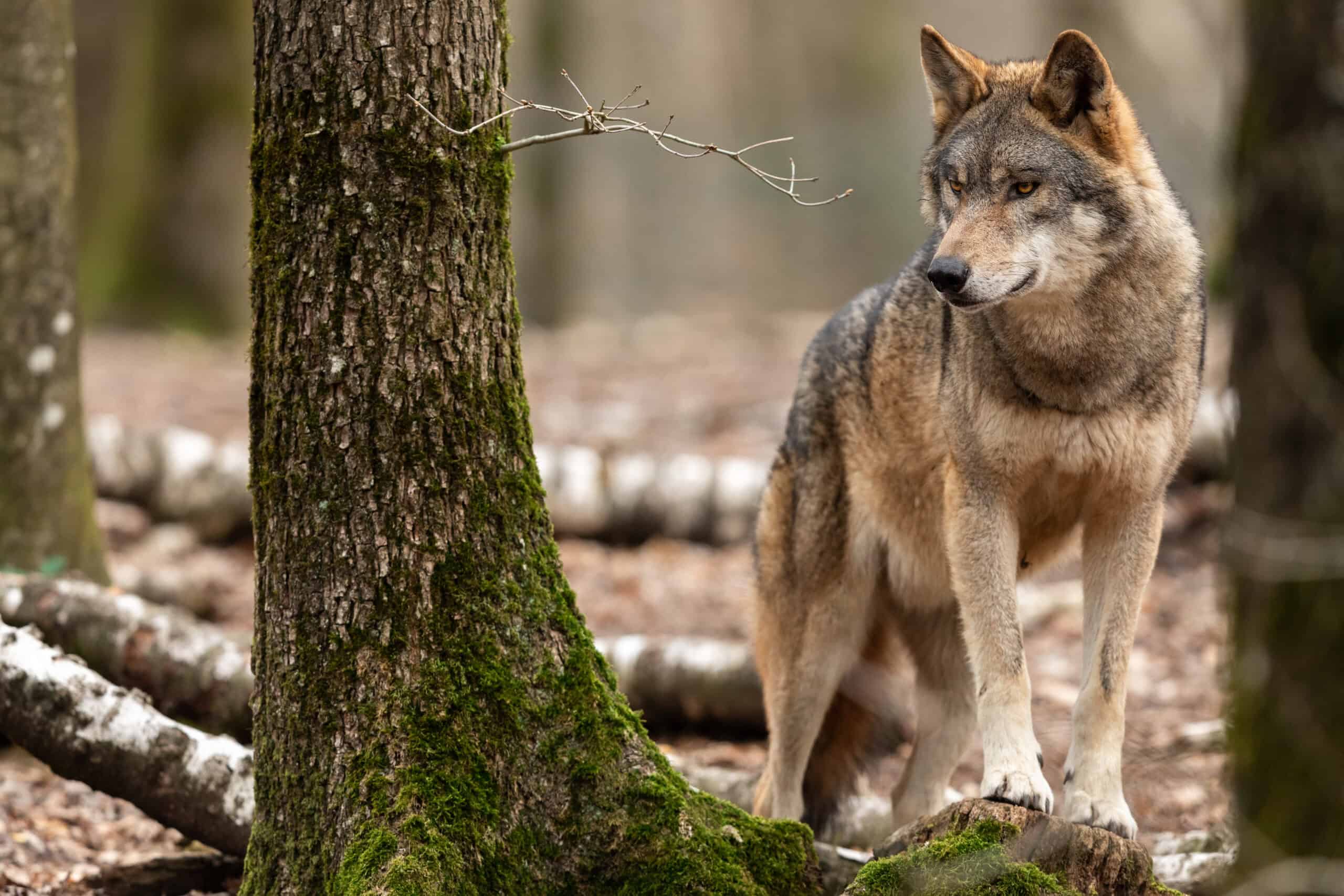
The gray wolf was once widespread across North America, but human expansion nearly wiped it out. By the mid-20th century, the species had been eradicated from most of the United States. Conservationists launched reintroduction efforts in the 1990s, focusing on Yellowstone National Park. The reintroduction restored balance to the ecosystem by controlling prey populations. Today, gray wolves roam freely in several regions, symbolizing a major conservation success.
California Condor
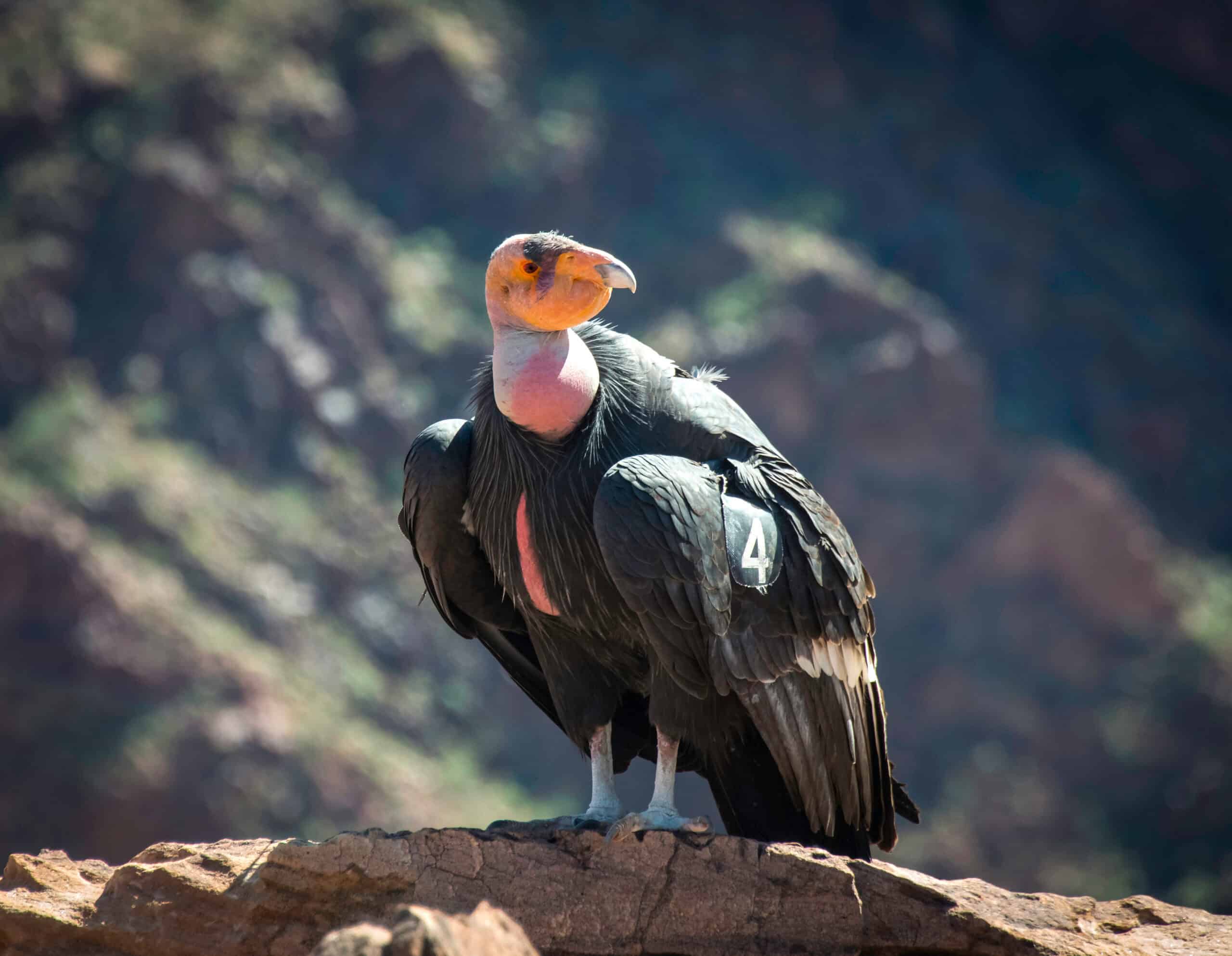
The California condor faced near extinction in the 1980s, with only 27 individuals remaining. Conservationists captured the last wild condors for a breeding program. Years of effort led to their gradual reintroduction into the wild. Today, these massive birds soar again over California and Arizona. Their recovery has been slow but steady, with over 400 condors now living in the wild and captivity.
American Bison
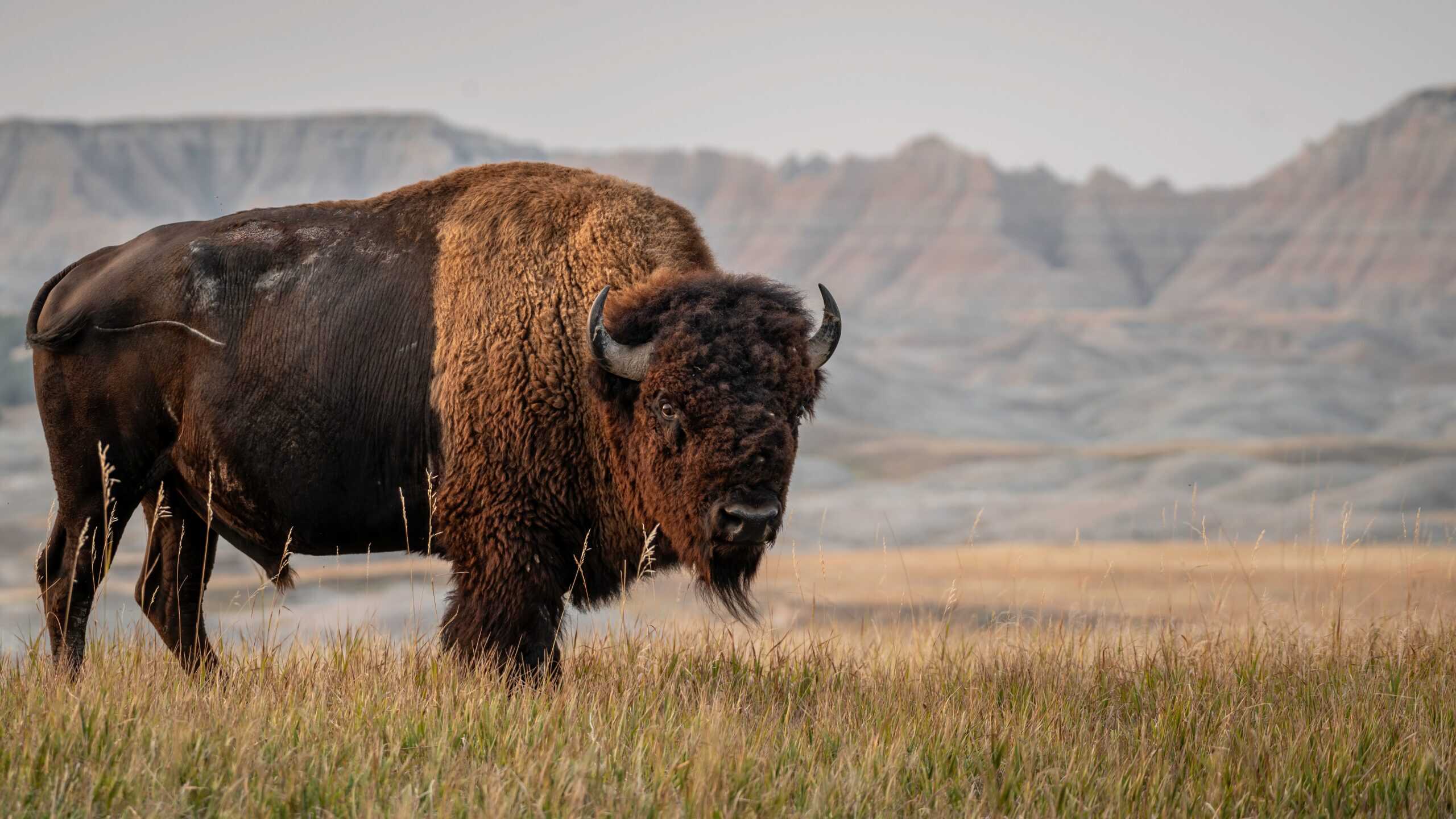
American bison once roamed the plains in vast numbers, but overhunting nearly drove them to extinction. By the late 1800s, fewer than 1,000 remained. Conservation efforts in protected areas like Yellowstone helped increase their numbers. Recently, bison have been reintroduced to tribal lands and other reserves. These reintroductions aim to restore both the species and the cultural heritage tied to them.
Iberian Lynx
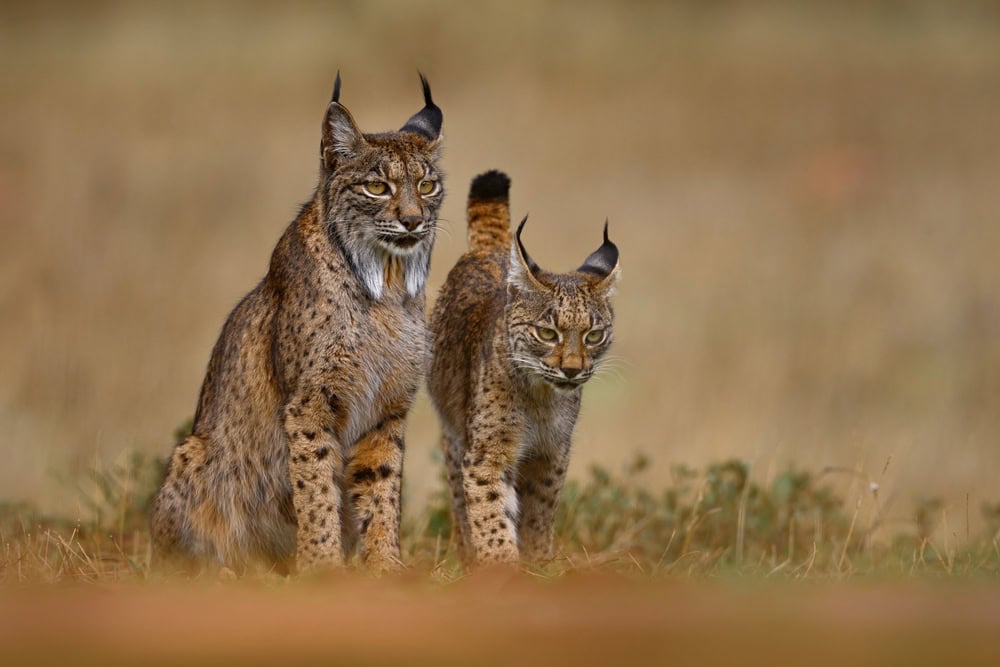
The Iberian lynx, native to the Iberian Peninsula, is the world’s most endangered feline. Habitat loss and a decline in prey drove it to the brink of extinction. In the early 2000s, fewer than 100 lynxes remained. Conservationists established breeding programs and began reintroducing lynxes into protected areas. Their population has since grown, with over 400 individuals now living in the wild, marking a significant recovery.
European Bison
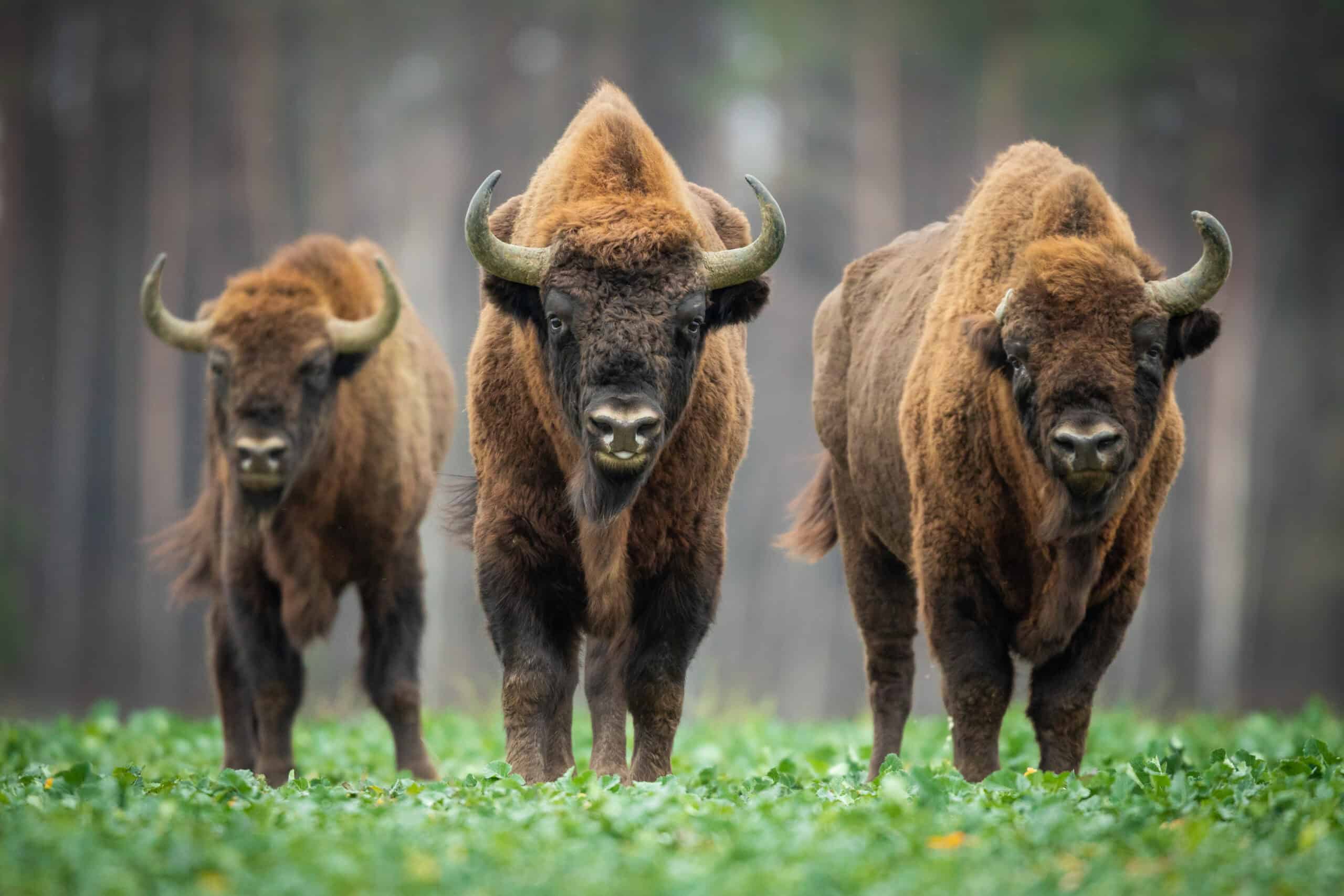
The European bison, or wisent, was driven to extinction in the wild by the early 20th century. A few individuals survived in captivity, leading to a breeding program. Reintroduction efforts began in the 1950s, with bison being released into forests across Europe. These majestic animals now roam free in countries like Poland, Belarus, and Germany. Their return has been a triumph for conservationists working to restore Europe’s natural heritage.
Arabian Oryx
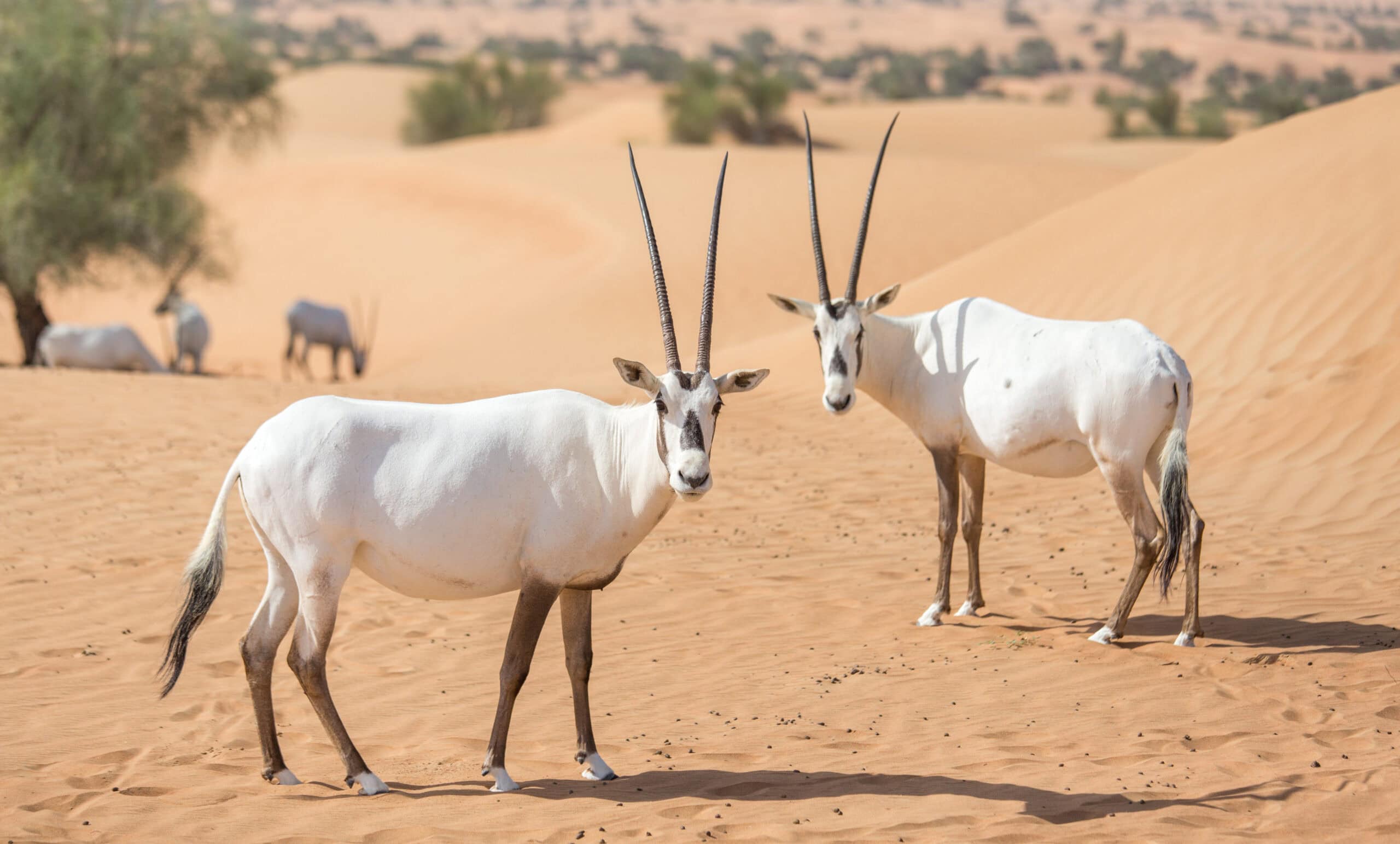
The Arabian oryx was declared extinct in the wild by 1972 due to hunting and habitat destruction. A small number of oryx were bred in captivity, starting with just a handful of individuals. In the 1980s, reintroduction efforts began in Oman and other parts of the Arabian Peninsula. Today, the Arabian oryx is a conservation success story, with stable populations in the wild. These elegant animals have become a symbol of successful reintroduction programs.
Red Kite
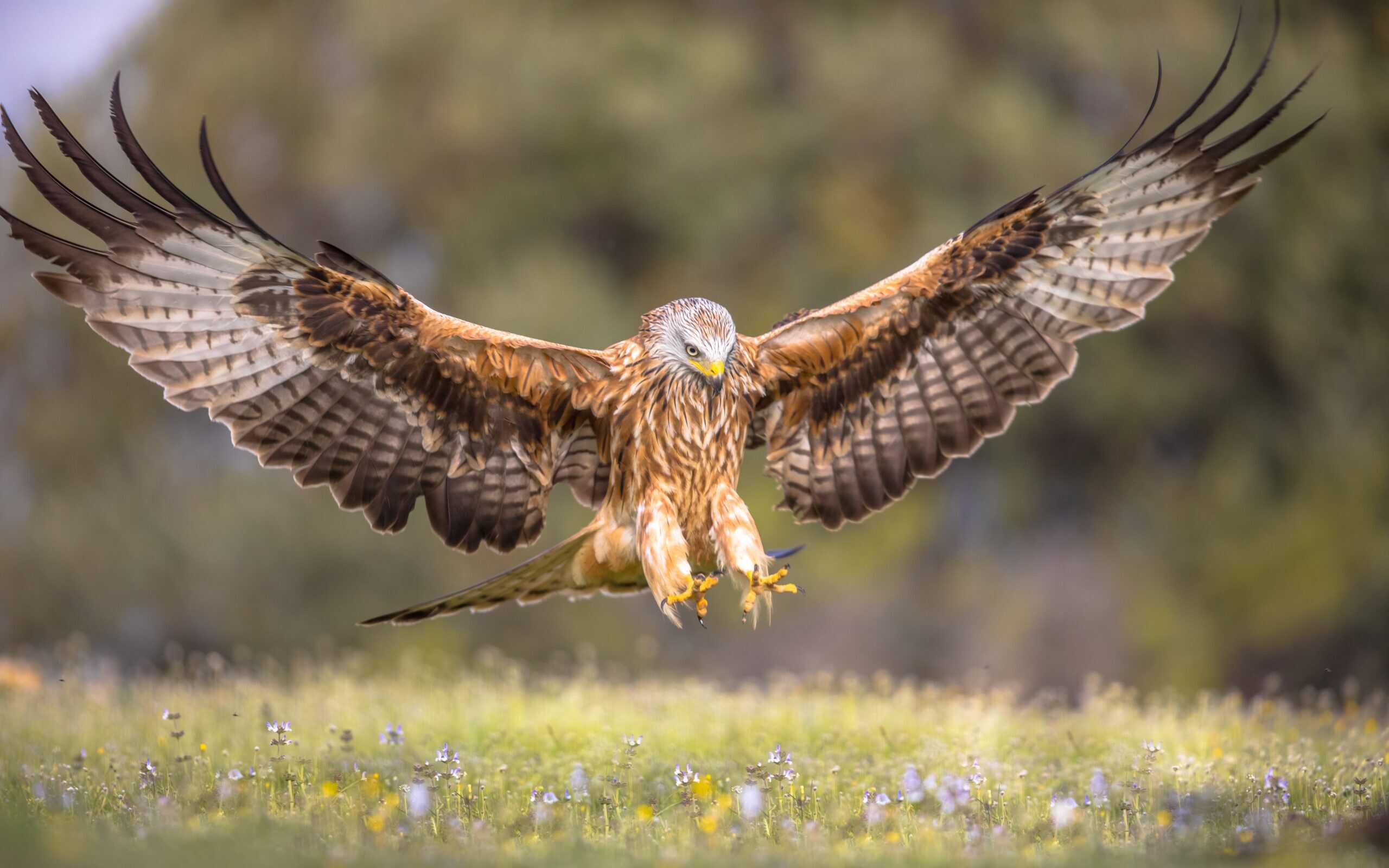
Once common across the UK, the red kite faced severe declines due to persecution and poisoning. By the 20th century, only a few pairs remained in Wales. Conservationists launched a reintroduction program in the 1990s, bringing kites from Spain and Sweden. The birds quickly adapted, and their population began to soar. Red kites are now a common sight in many parts of the UK, marking one of the most successful bird reintroductions in Europe.
Black-footed Ferret
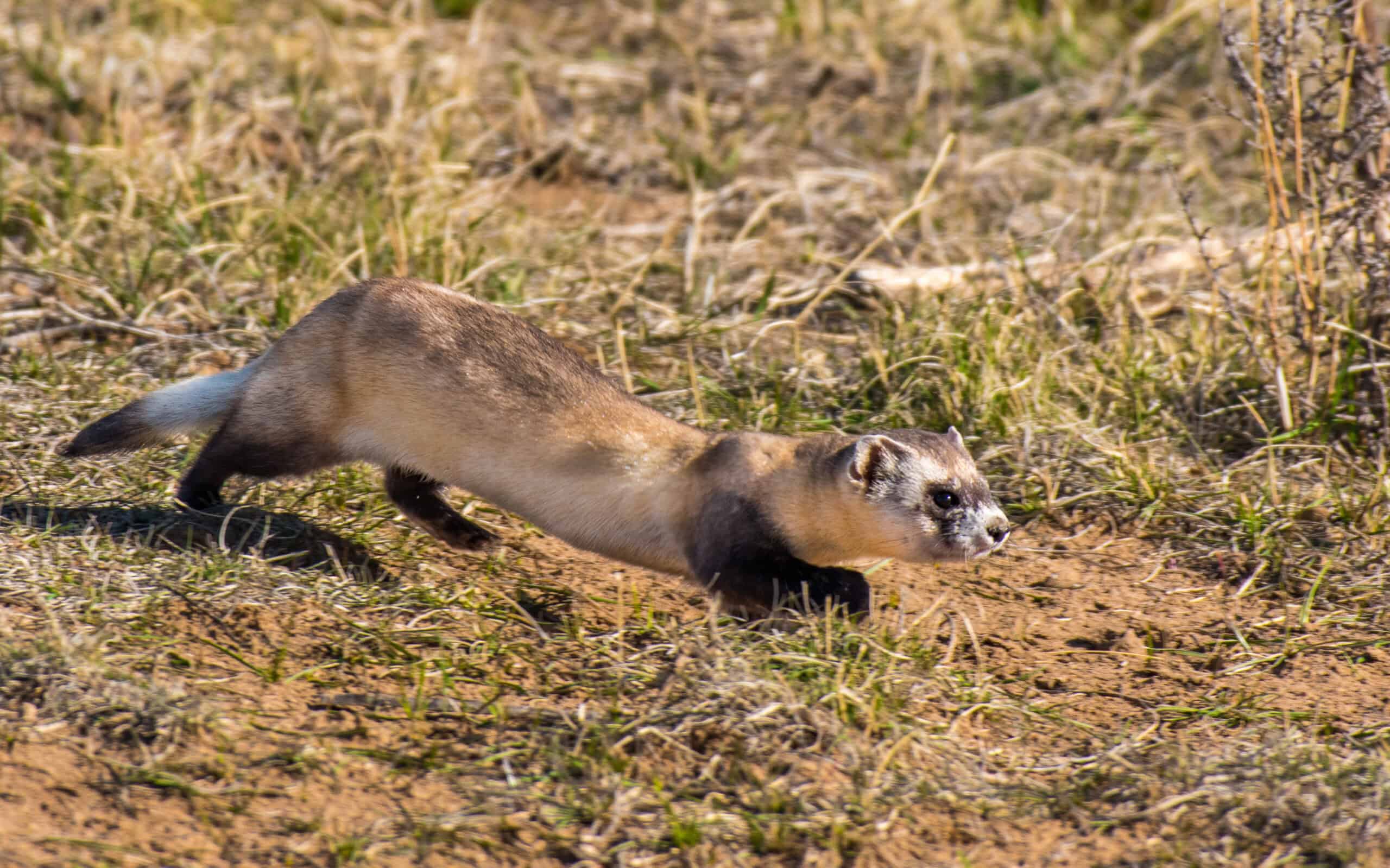
The black-footed ferret was believed to be extinct until a small population was discovered in Wyoming in 1981. Conservationists captured the last remaining ferrets for a captive breeding program. Reintroduction efforts began in the late 1980s across several states and Canada. The ferrets have slowly adapted to their natural habitats, with wild populations now established. Their recovery highlights the importance of captive breeding in species conservation.
Golden Lion Tamarin
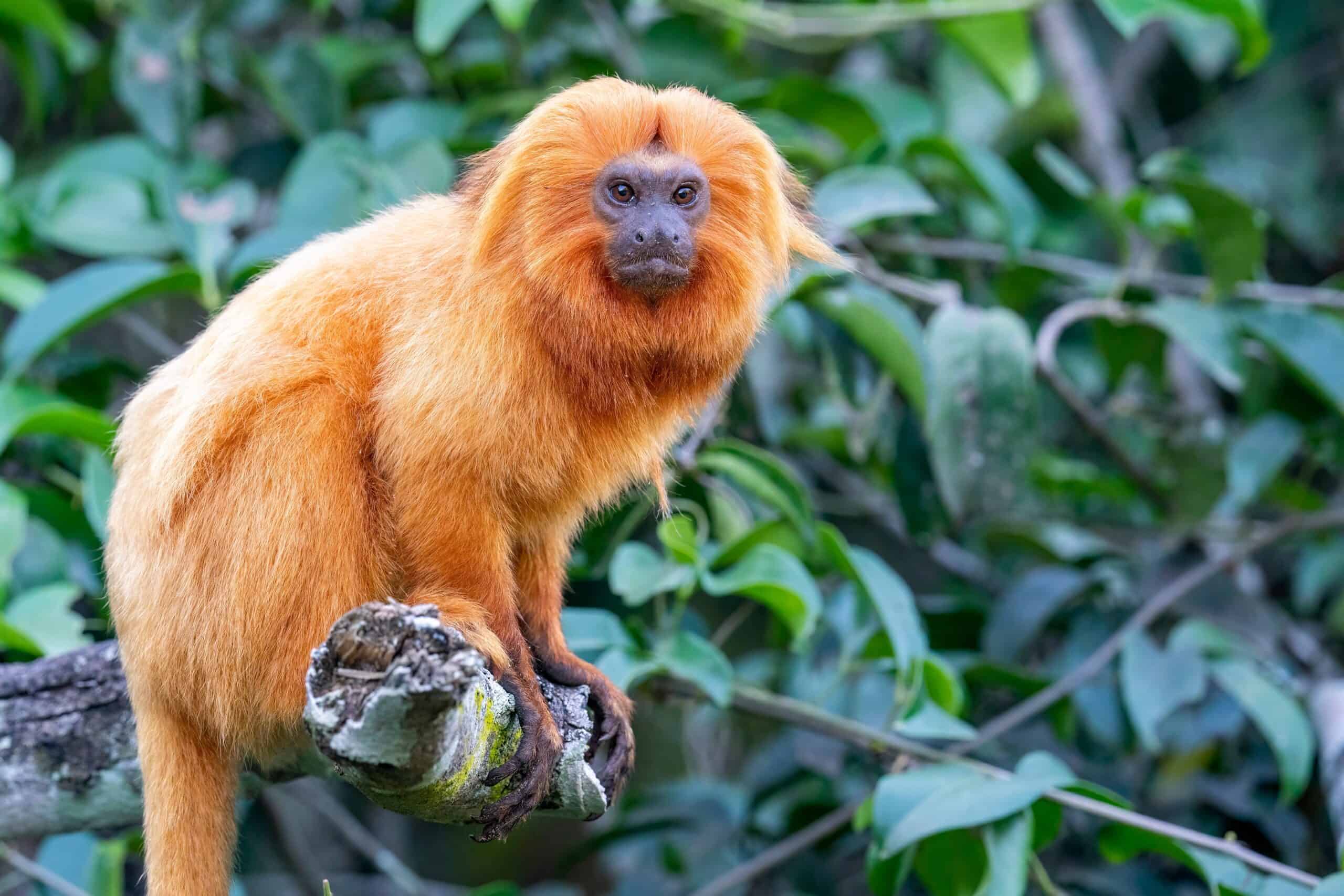
The golden lion tamarin, native to Brazil’s Atlantic Forest, faced near extinction due to deforestation. By the 1970s, fewer than 200 individuals remained in the wild. Conservationists started a breeding program, followed by reintroductions into protected areas. The tamarins have adapted well to their restored habitats, with over 3,000 now living in the wild. Their bright orange coats and playful behavior make them a symbol of hope for Brazil’s endangered wildlife.
Hawaiian Goose (Nēnē)
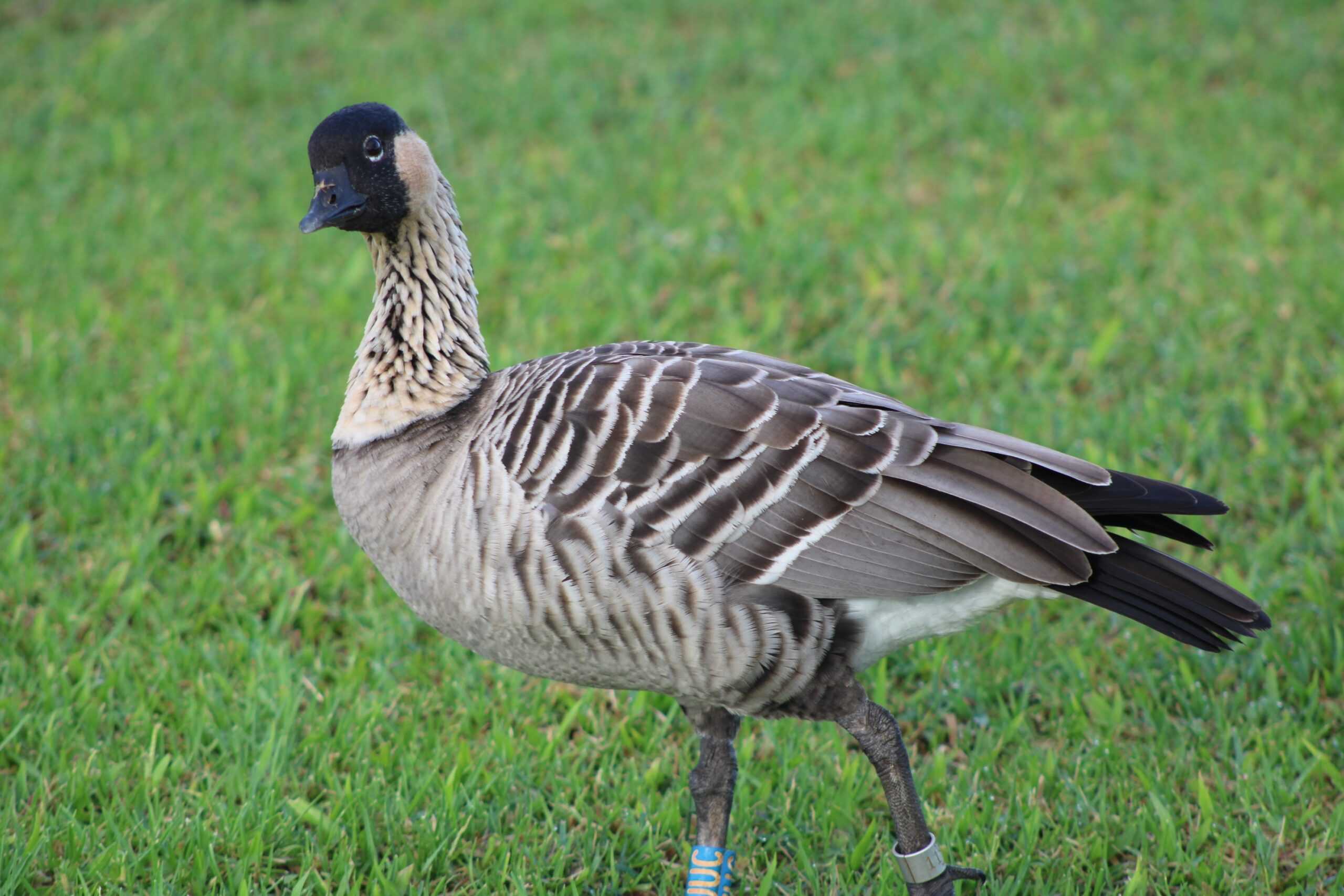
The Hawaiian goose, or Nēnē, is Hawaii’s state bird and was once on the brink of extinction. By the 1950s, only 30 geese remained in the wild. Conservationists initiated a captive breeding program to save the species. Reintroductions began in the 1960s, with geese being released on various islands. The population has steadily grown, and today, the Nēnē is a conservation success, with over 2,000 individuals thriving in their natural habitat.
Przewalski’s Horse
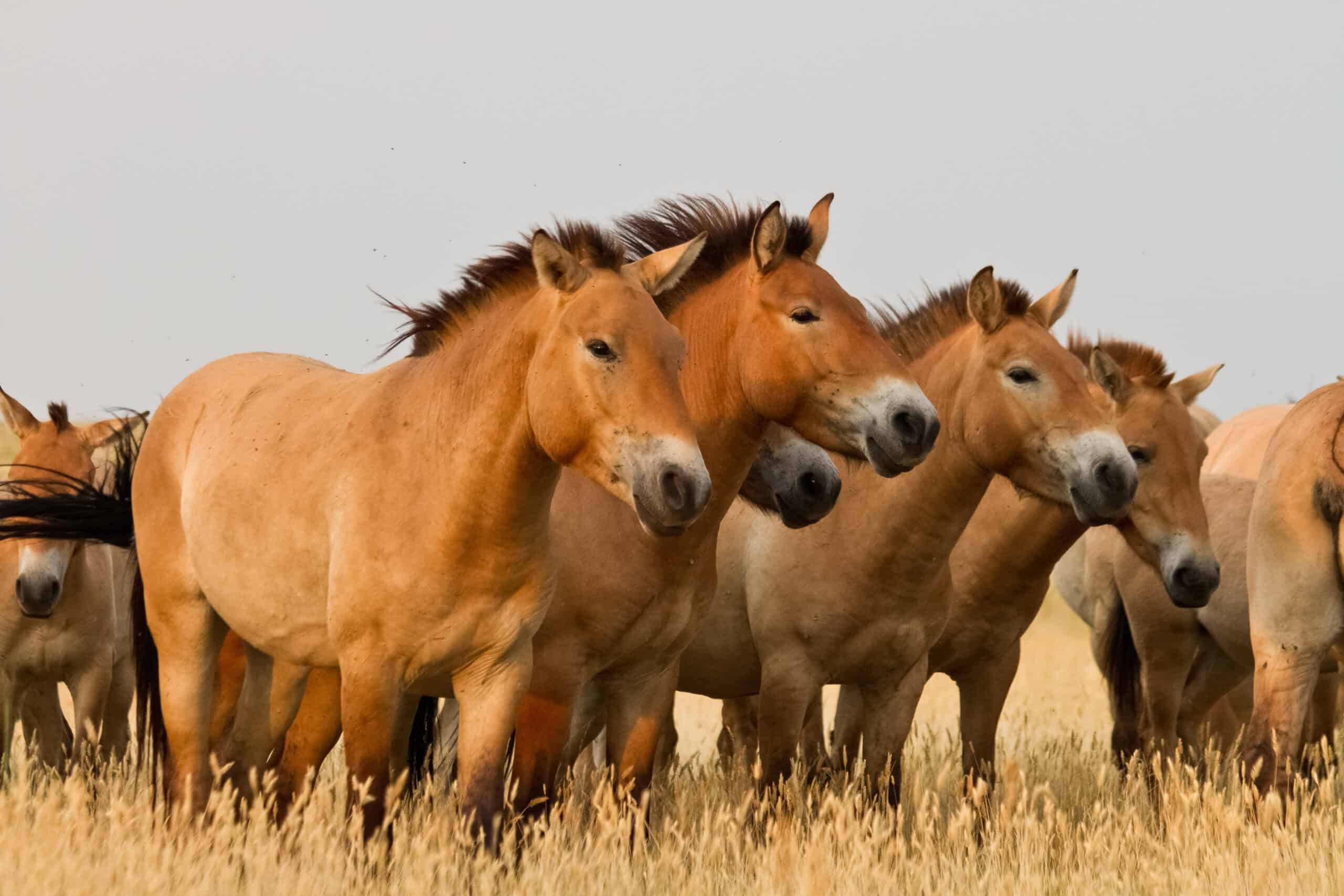
Przewalski’s horse, the last truly wild horse species, was declared extinct in the wild by the 1960s. A small number of horses survived in zoos, leading to a breeding program. In the 1990s, reintroduction efforts began in Mongolia, where the horses were released into protected areas. The population has since grown, and the horses now roam freely in their native grasslands. Przewalski’s horse is a remarkable example of how captive breeding can save a species from extinction.
Scimitar-horned Oryx
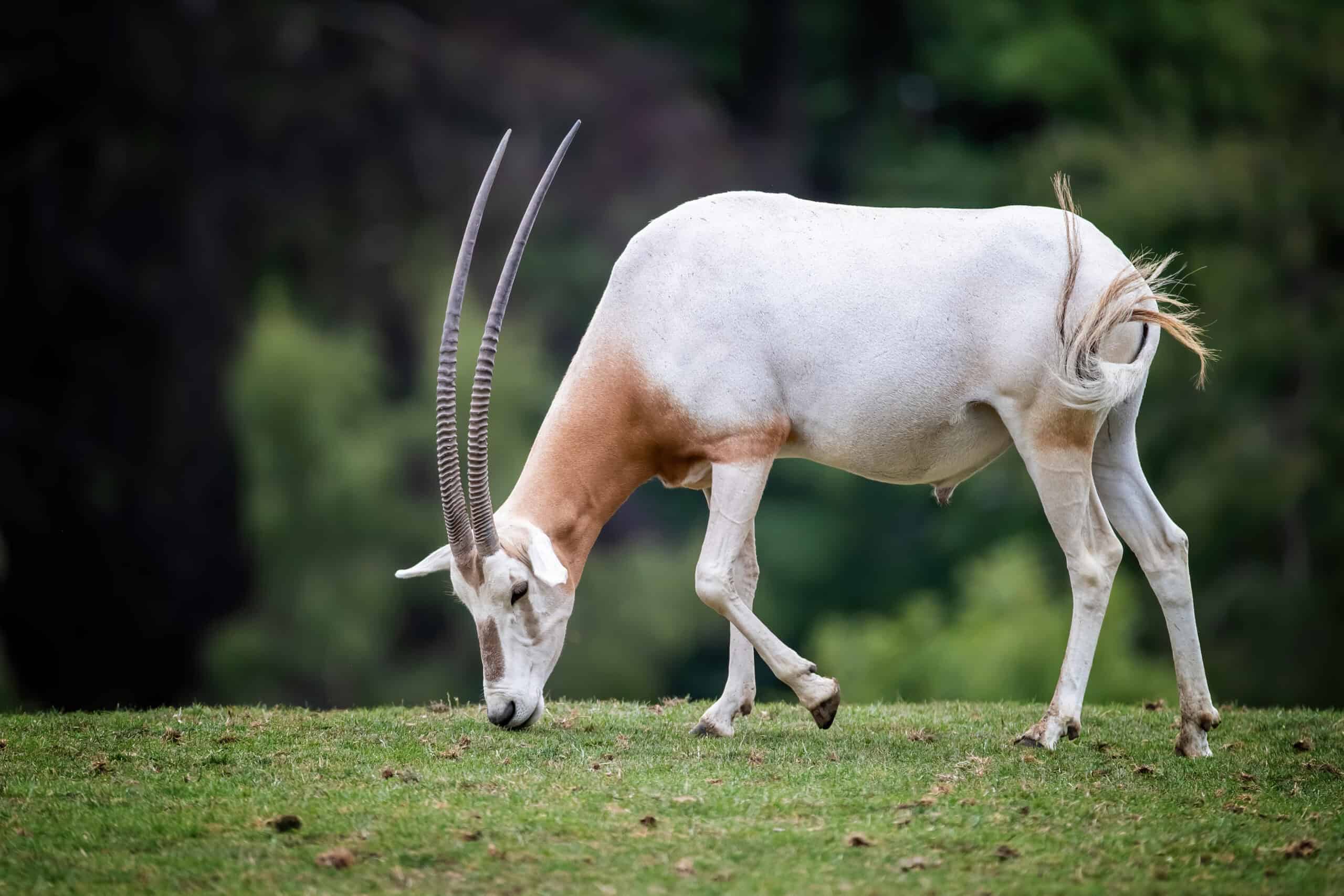
The scimitar-horned oryx, once widespread across North Africa, was declared extinct in the wild by the 1980s. Overhunting and habitat loss were the primary causes of their decline. Conservationists began breeding the oryx in captivity, starting with a small population. In 2016, reintroduction efforts commenced in Chad, where the oryx were released into protected reserves. Today, these majestic antelopes roam the deserts once more, symbolizing hope for species on the brink.
Amur Leopard
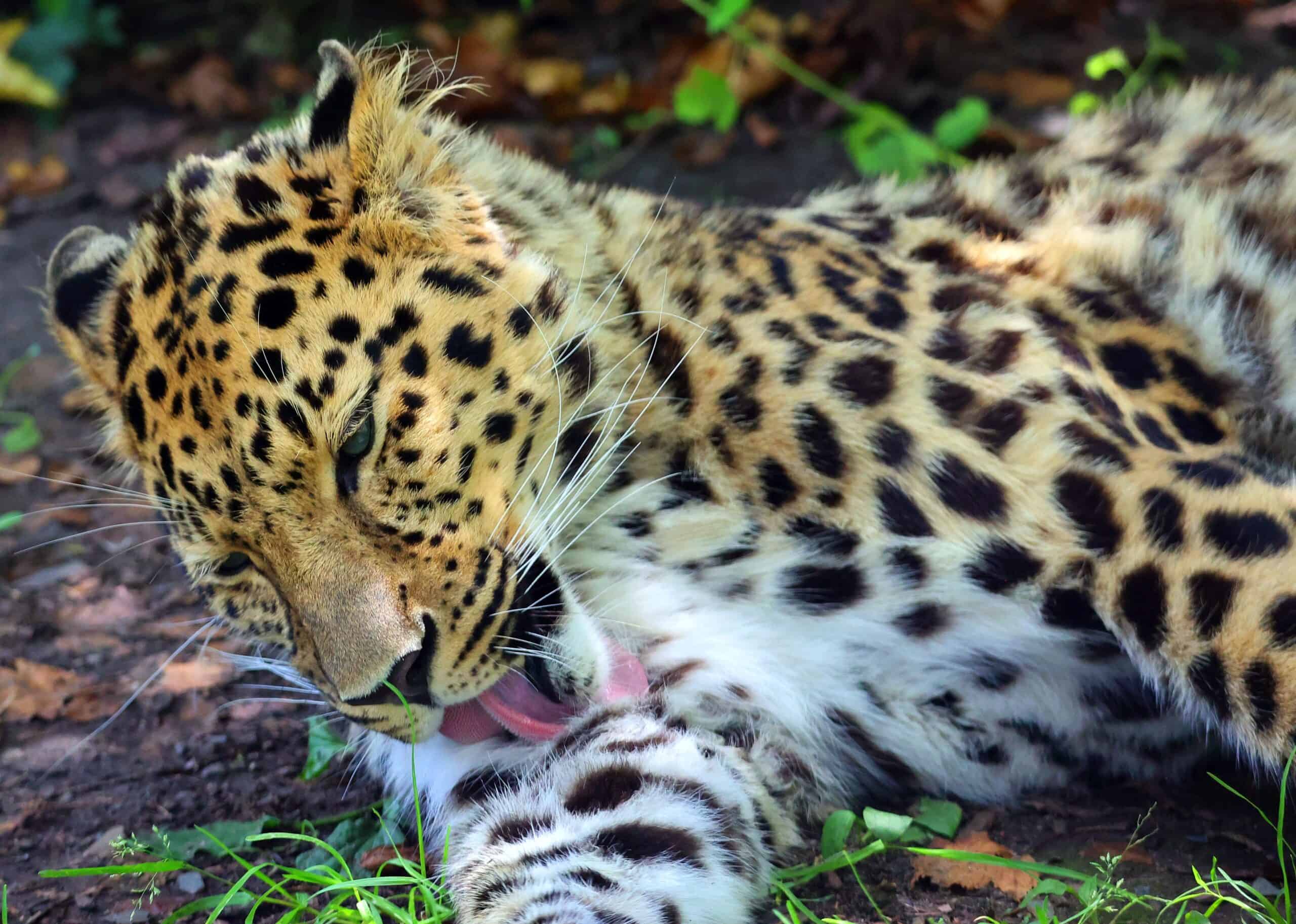
The Amur leopard is one of the world’s most endangered big cats, native to the Russian Far East and parts of China. By the 21st century, fewer than 30 individuals remained in the wild due to poaching and habitat destruction. Conservation efforts included creating protected areas and breeding in captivity. Reintroduction began in the late 2000s, focusing on Russia’s Land of the Leopard National Park. The population has slowly increased, offering a glimpse of recovery for this elusive feline.
Whooping Crane
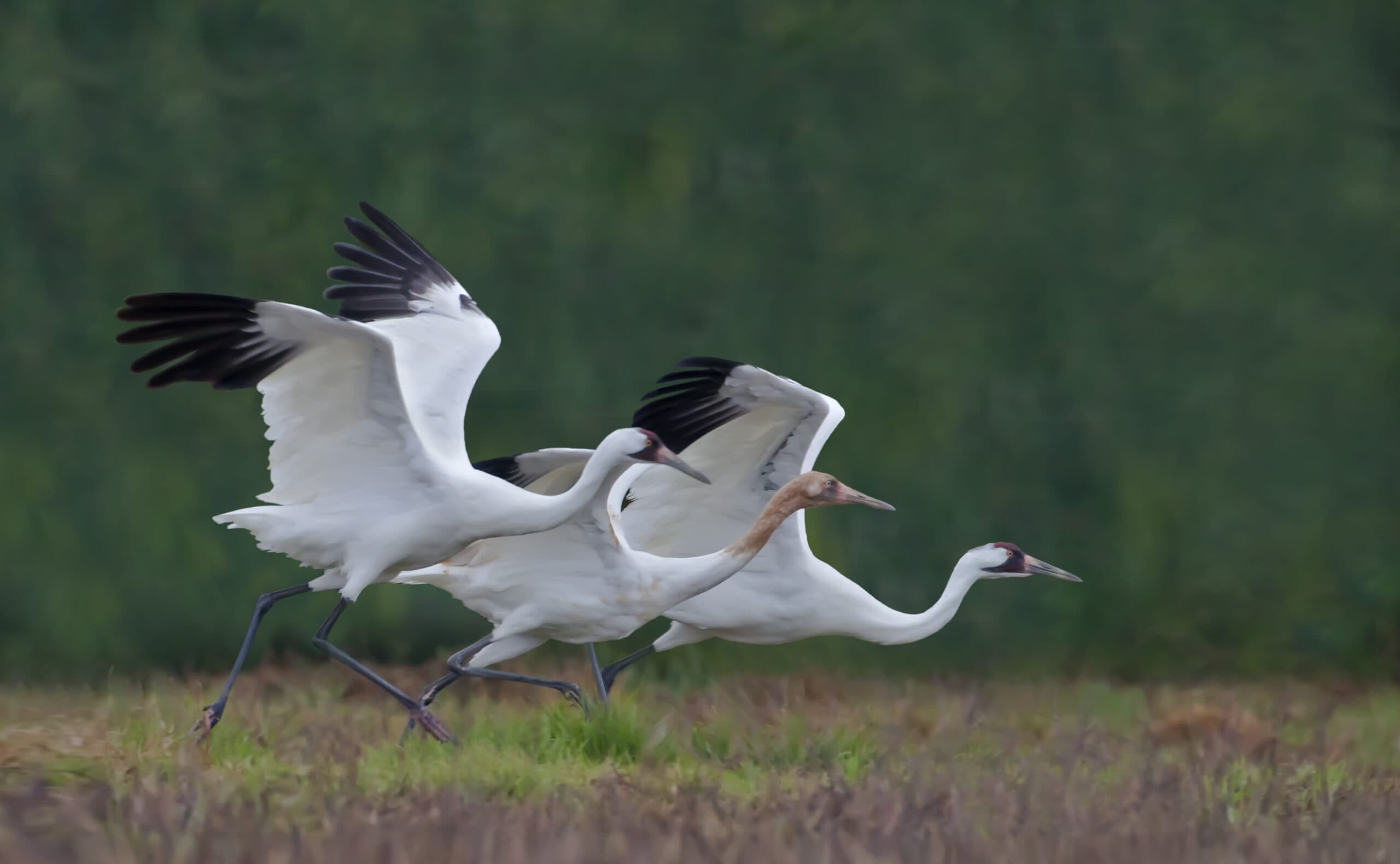
The whooping crane, a majestic bird native to North America, faced near extinction by the 1940s, with only 15 individuals left. Habitat loss and hunting were the primary threats. Conservationists initiated a captive breeding program, followed by reintroductions into protected areas. The cranes were taught migratory routes using ultralight aircraft, a unique approach in conservation. Today, the whooping crane population has grown to over 800, with birds thriving in both the wild and captivity.
River Otter
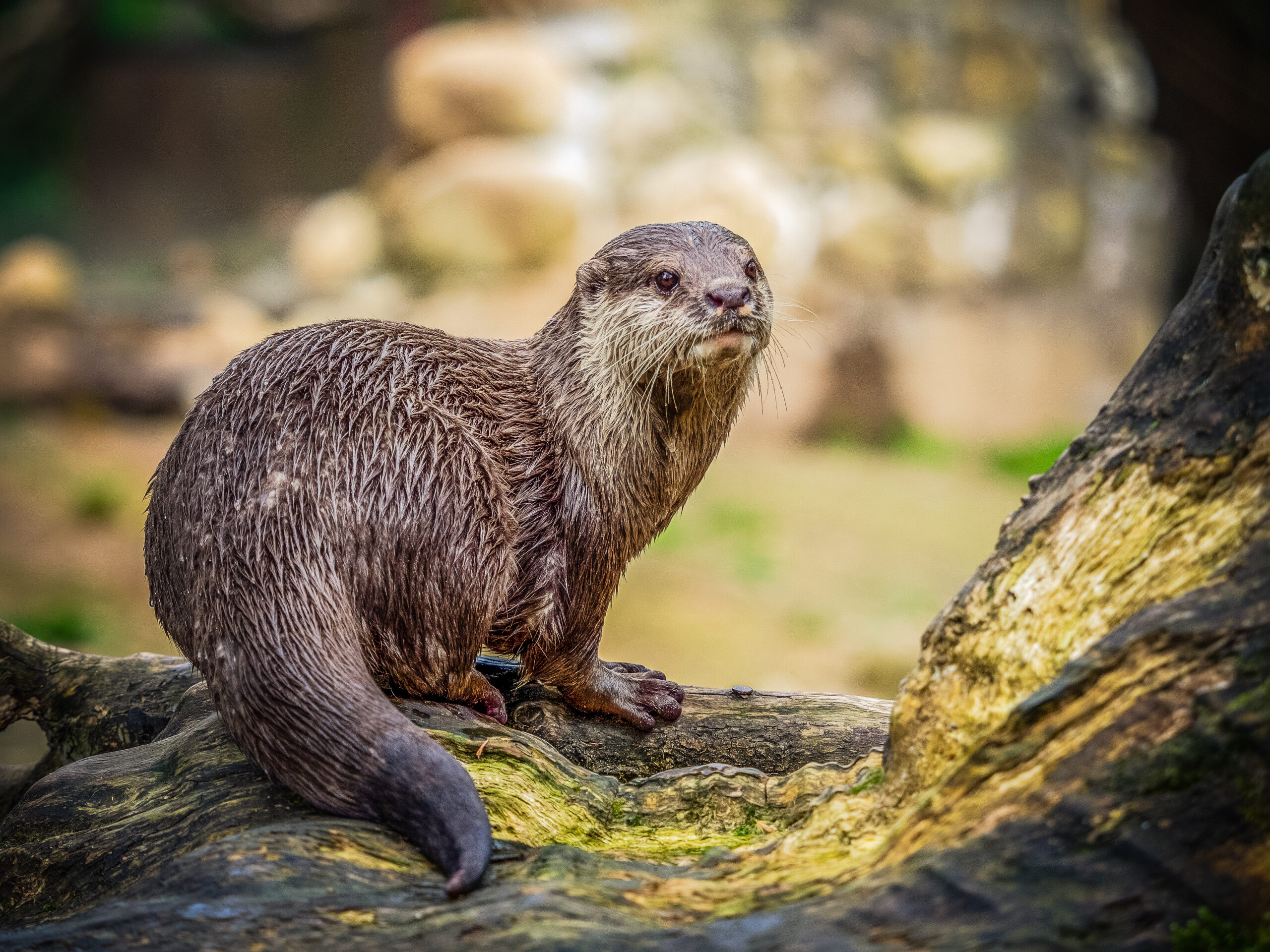
The river otter, once abundant across North America, saw dramatic population declines due to pollution and habitat destruction. By the mid-20th century, they had disappeared from many areas. Reintroduction programs began in the 1980s, focusing on restoring otters to rivers and wetlands. The efforts included cleaning up waterways and breeding otters in captivity. Today, river otters have made a strong comeback, now thriving in regions where they had vanished decades ago.
Northern Bald Ibis
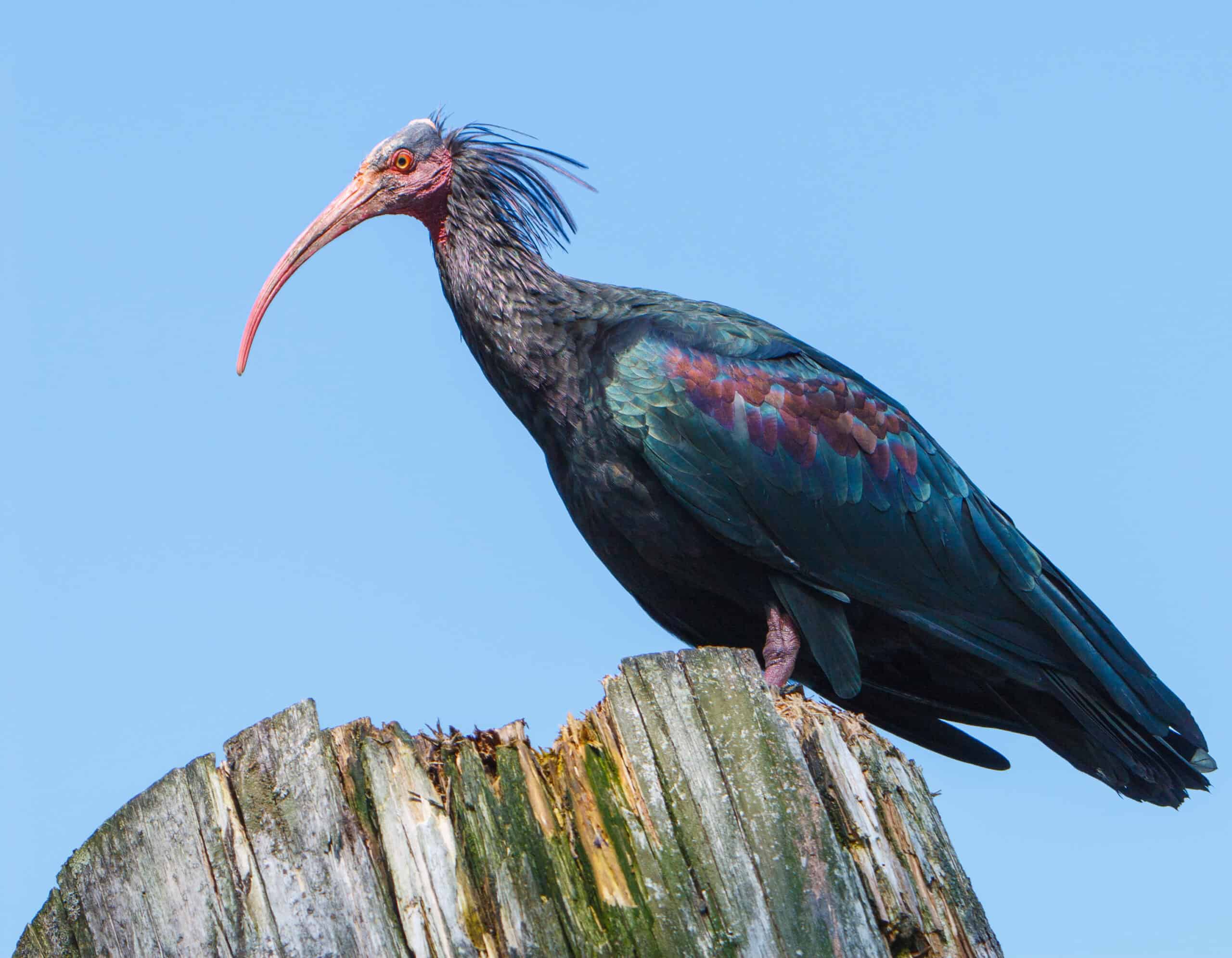
The northern bald ibis, once common across Europe and North Africa, nearly vanished in the wild by the 20th century. Habitat loss and hunting were the primary reasons for their decline. Conservationists launched breeding programs and began reintroducing the birds into protected areas. Reintroduction efforts have focused on regions in Austria and Morocco, where the ibis have been successfully reestablished. Today, small but stable populations exist, representing a significant conservation achievement.
Eurasian Beaver
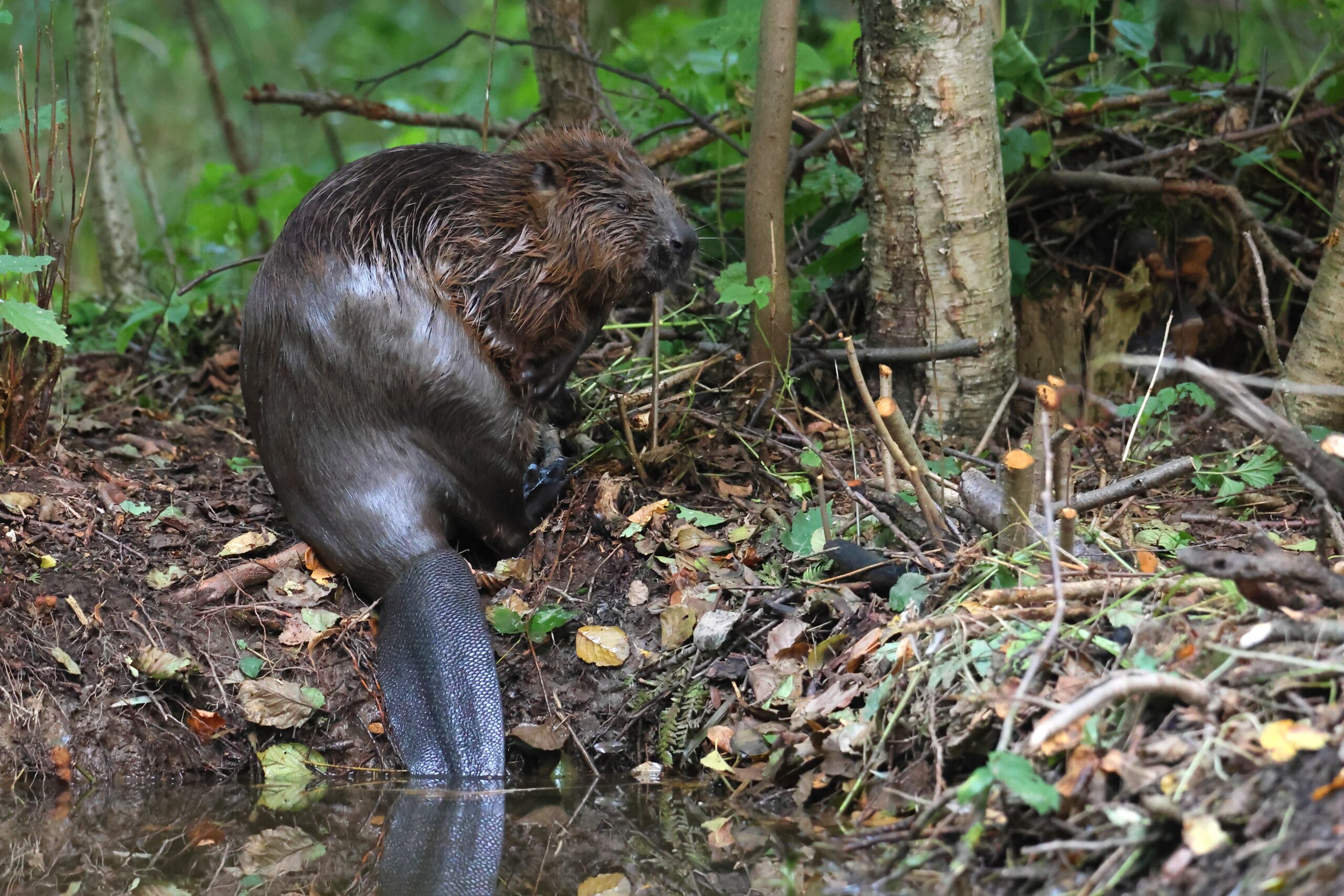
The Eurasian beaver, once widespread across Europe, was hunted to near extinction by the 19th century. Its fur and castoreum were highly prized, leading to severe population declines. Reintroduction efforts began in the early 20th century, with beavers being released into protected areas. These efforts have expanded across Europe, with beavers now thriving in countries like the UK, France, and Germany. Their return has greatly benefited ecosystems, helping to restore wetlands and rivers.
Peregrine Falcon
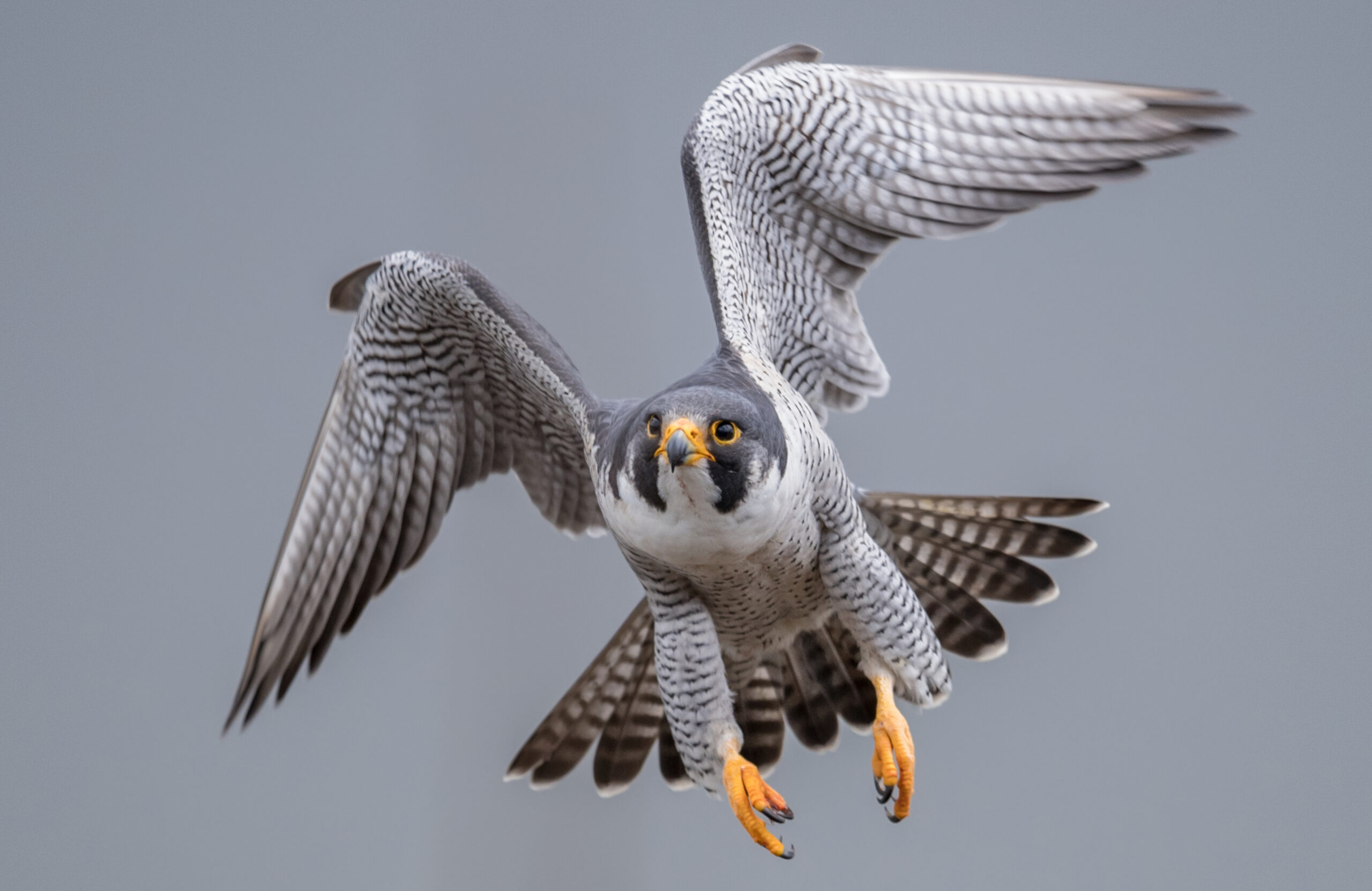
The peregrine falcon faced dramatic declines in the 20th century due to pesticide use, particularly DDT, which caused eggshell thinning. By the 1970s, it had vanished from many parts of North America. Conservationists banned harmful pesticides and initiated breeding programs. Reintroduction efforts focused on urban areas where the falcons adapted to nesting on skyscrapers and bridges. The peregrine falcon has since made a remarkable recovery and is now a common sight in many cities.
Greater One-Horned Rhinoceros
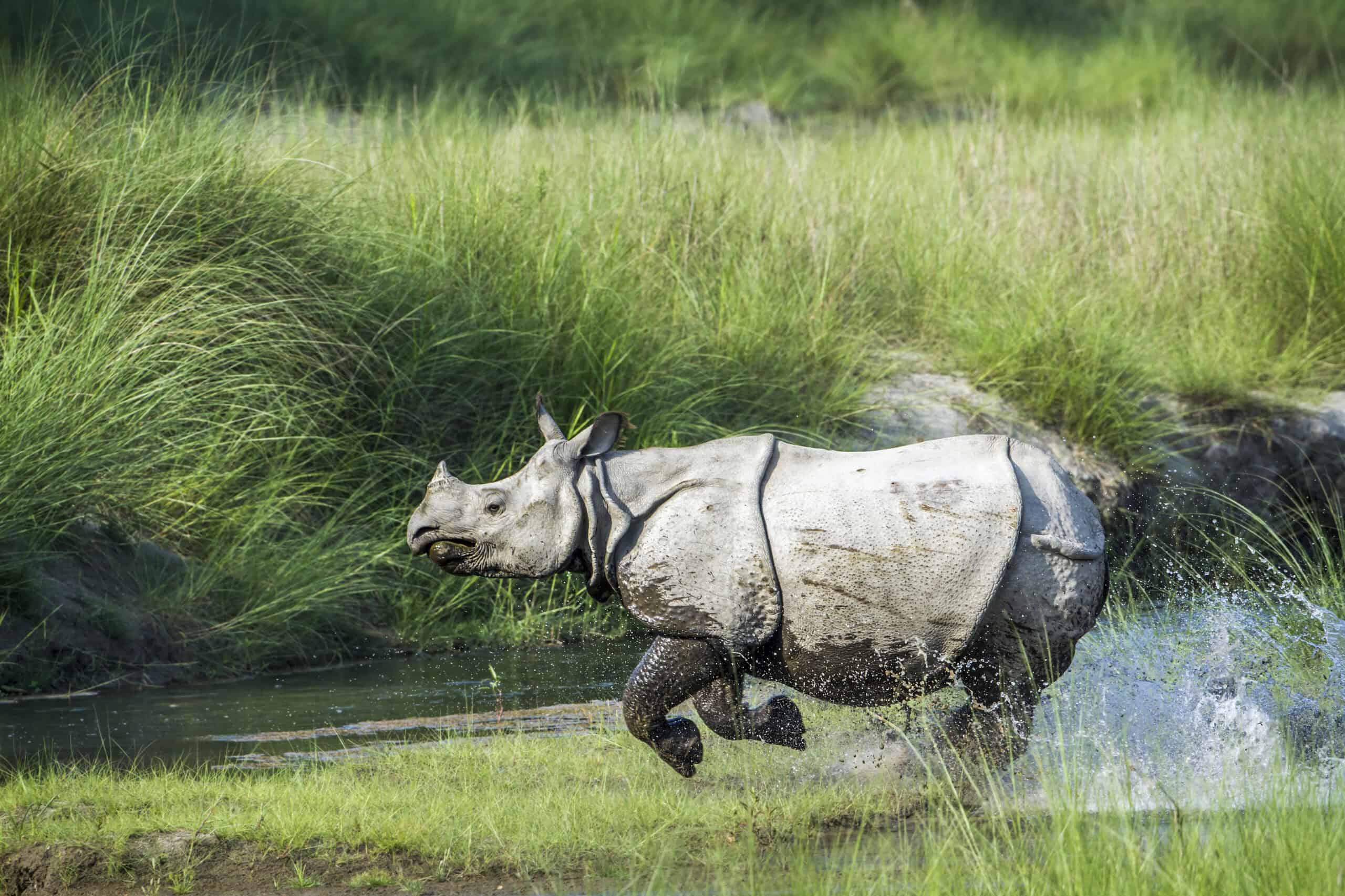
The greater one-horned rhinoceros, native to the Indian subcontinent, was on the brink of extinction by the early 20th century. Habitat loss and poaching decimated their populations, leaving fewer than 200 individuals. Conservationists established protected areas in India and Nepal, leading to successful breeding. Reintroduction efforts have expanded their range, with rhinos being relocated to new habitats. Today, the population has grown to over 3,600, marking a significant conservation success.
Mauritius Kestrel
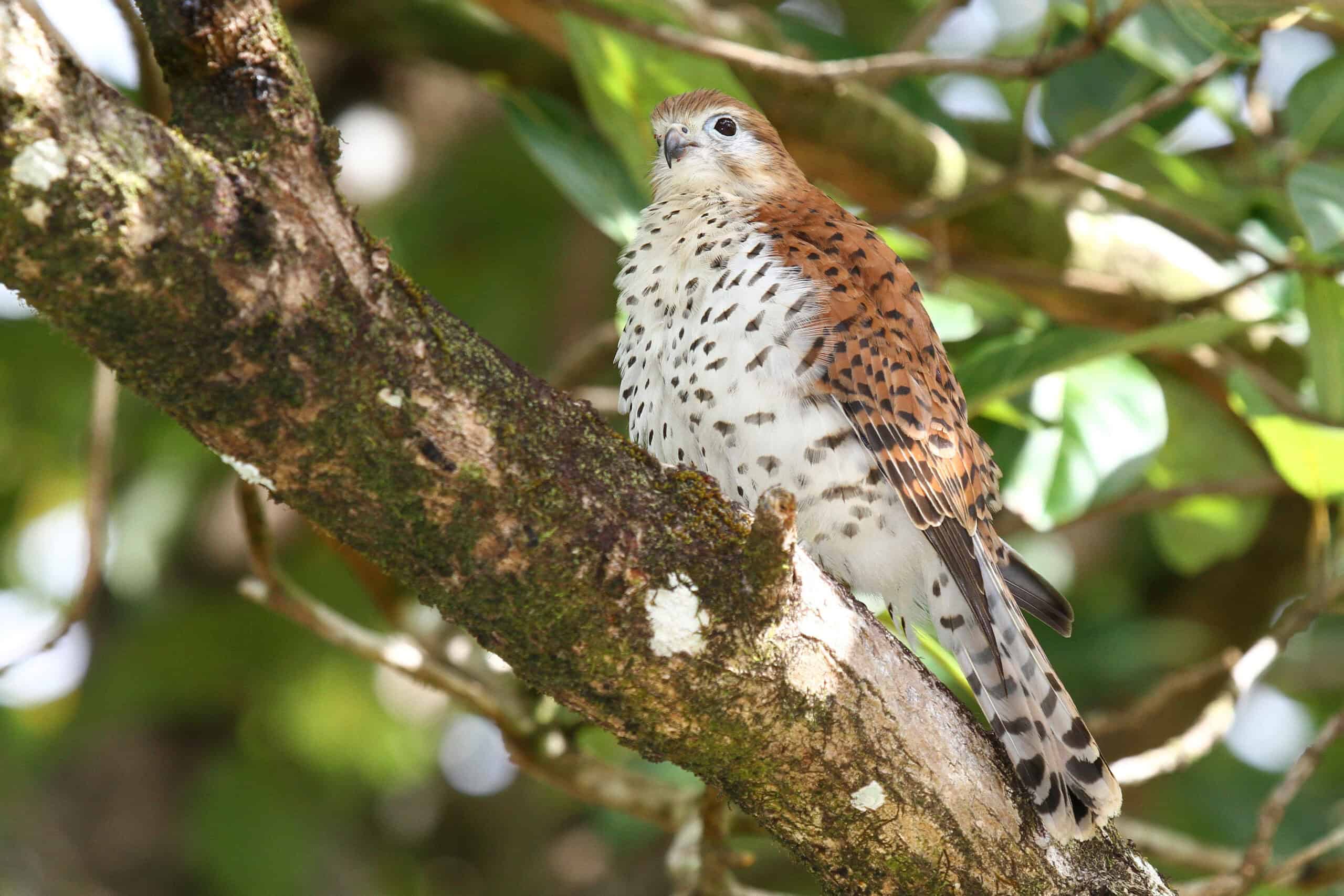
The Mauritius kestrel, once the world’s rarest bird, saw its population plummet to just four individuals in the 1970s. Habitat destruction and introduced predators were the main threats. Conservationists launched a captive breeding program, coupled with habitat restoration efforts. Reintroductions began in the 1980s, with kestrels being released into the wild. The population has since rebounded to over 300 individuals, making the Mauritius kestrel a symbol of hope for endangered species recovery.
This article originally appeared on Rarest.org.
More from Rarest.org
18 Lesser-Known Philosophers with Profound Ideas
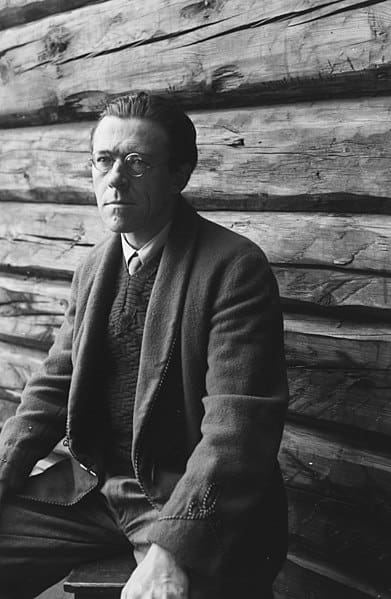
Exploring the ideas of lesser-known philosophers can uncover profound insights into human existence and thought. Read More.
18 Most Exotic Birds Found in Isolated Regions
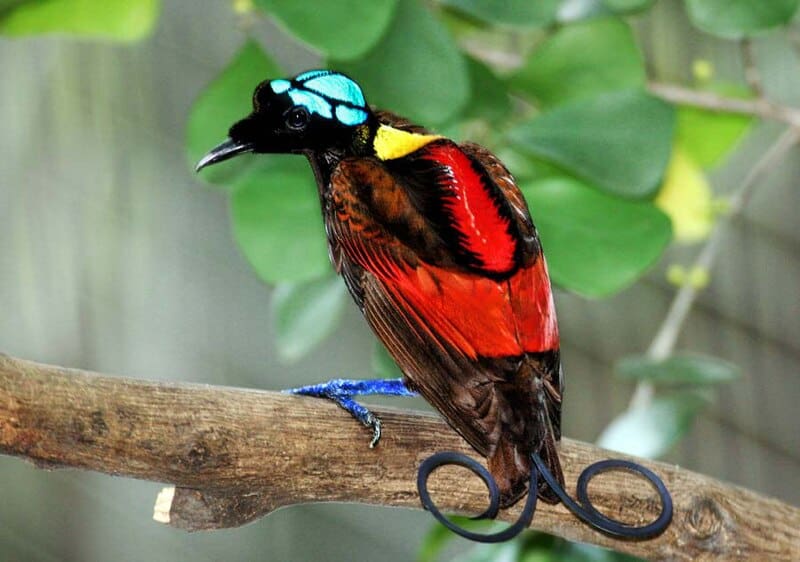
Exploring the world’s most isolated regions reveals a treasure trove of exotic birds, each with its own unique beauty and fascinating behaviors. Read More.
20 Underrated Inventions That Shaped Modern Life
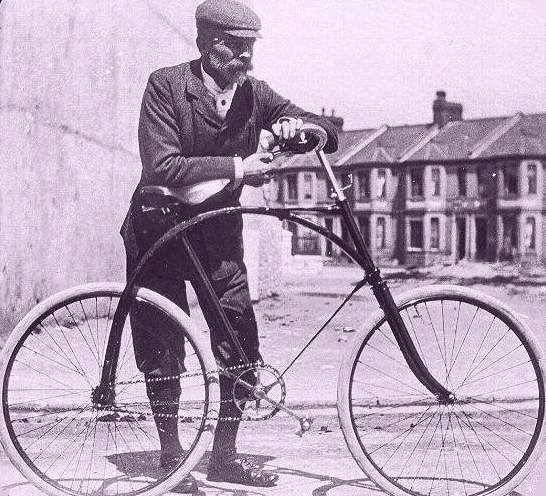
Many inventions have dramatically changed our lives, but not all of them get the recognition they deserve. Read More.
